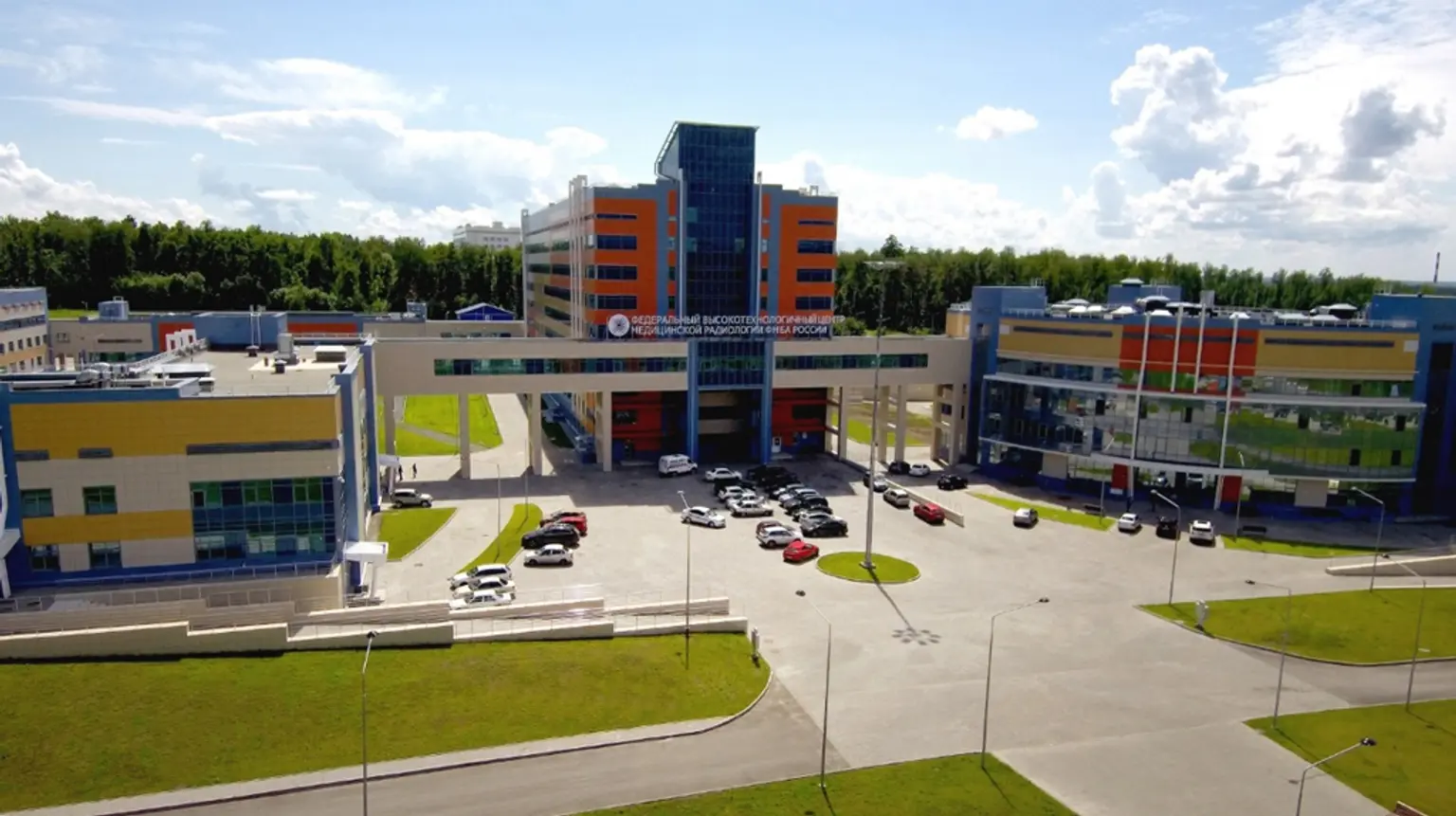Federal Scientific Clinical Centre for Medical Radiology and Oncology of the FMBA of Russia
This page is solely managed by the hospital for all communications.
International Call - Call hospitals worldwide for free using the internet
Languages Spoken
Languages Spoken
Top Specialties
Top Specialties
